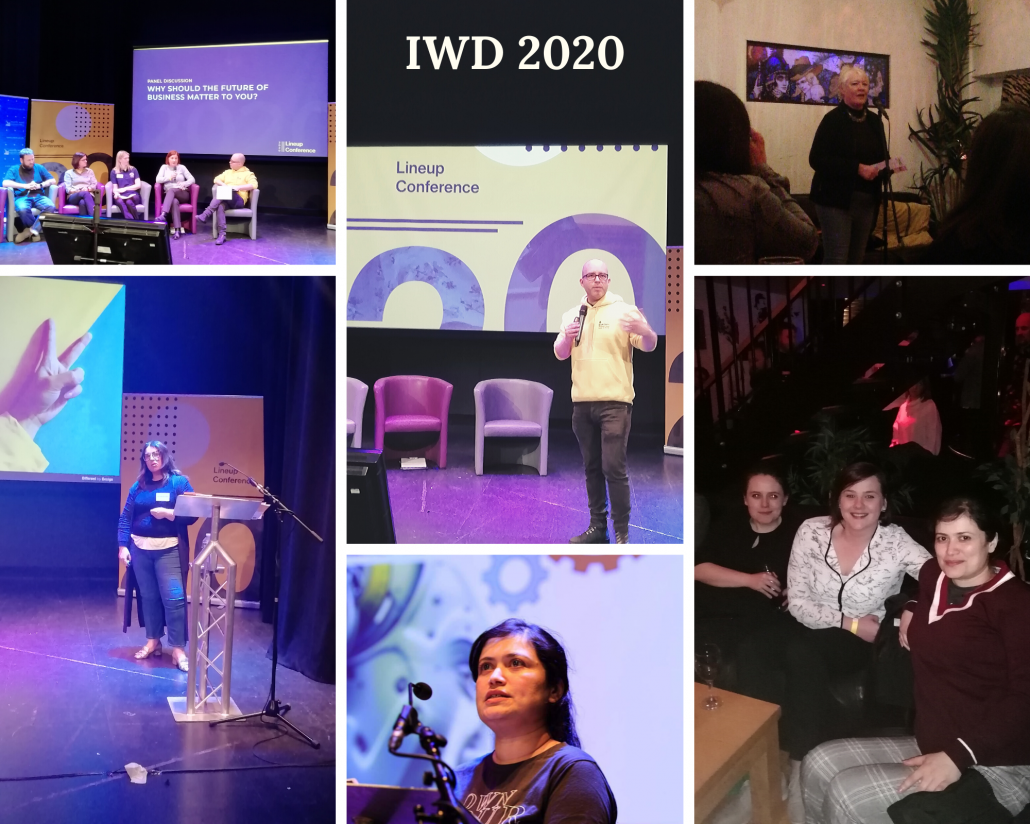Maximizing Productivity with Remote Teams
Working remotely is now becoming a necessity. The global health emergency we have all experienced over the past few months has expedited the transition to virtual teams across all types of organisations who have until now been reluctant to commit to such a radical change. It has now become a critical factor for business continuity in addition to the already known benefits of accessing the best talent wherever they might live and increasing flexibility and productivity for colleagues.
That said, managing projects using remote teams brings its own set of challenges on top of an already difficult task. There is an extra dimension to the standard procedures for making assignments, managing resources, tracking progress and updating stakeholders when they may be in different countries and time zones.
Virtual project management is the process of managing projects via remote or virtual teams. When teams are distributed across different time zones, they still need to get assigned tasks and that work must be monitored and tracked to make sure it stays on schedule. As more teams work from home, virtual project management has become more defined.
Not having physical contact with your team creates new obstacles that project managers must overcome. The good news is that project management tools have for some time been moving from analog to digital, and with that transition increasing efficiencies and productivity. So, the move to virtual project management is not the great leap it might at first appear.
As organisations become more accustomed to working with teams who are not co-located, they’ve also warmed to the idea of virtual project managers. This has been facilitated by technology advances that have made it easier to manage remote workers. The development of a virtual office has made the transition to virtual project management that much smoother.
The generational change of workers is also at play in the rise of virtual project management. New workers are entering the workforce, but older workers who are able to adapt are staying in with the help of virtual teams. This creates an even more productive team, one that is energized by youthful enthusiasm and new ideas, but anchored by the experience and skills of older team members.
The acceptance of virtual teams has now reached a tipping point but that’s not to say that we are in unchartered territory. Many organisations globally have been early adopters of the virtual cool-aid and there is a wealth of expertise and experience available to organisations now making the journey. iEngageIT’s project managers have been managing virtual teams and delivering virtual projects successfully for over 25 years and offer the benefits of that experience to any organisation whether just making the transition now, or planning to extend their existing capability.


